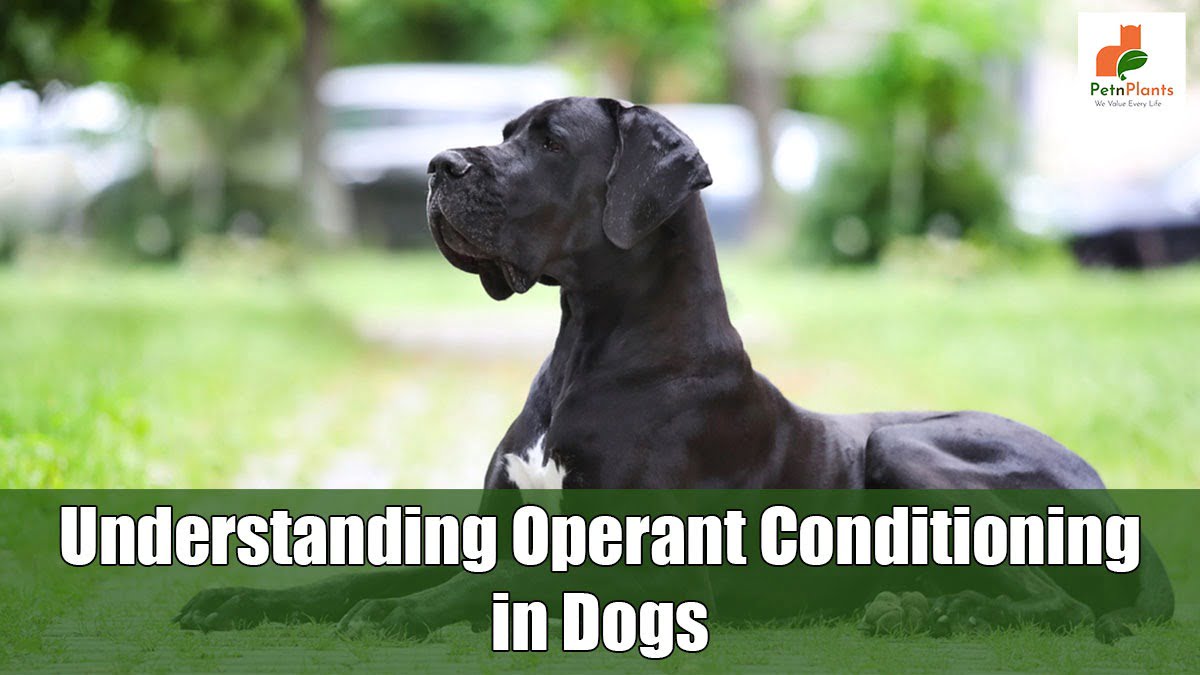How To
Latest
Pet Care
How to Groom Your Dog at Home with the Right Dog Grooming KitMarch 19, 2025
We Value Every Life

The purpose of training is to get the dog to show certain behaviors – or stop certain undesired behaviors – on cue/ command. For example, you want the dog to sit when you use a command or teach the dog not to jump up on you. Most training is achieved through operant conditioning, using rewards and/or punishment to encourage or discourage the dog from displaying certain behaviors.
B.F. Skinner first described operant conditioning. It explains how consequences lead to changes in voluntary behavior. There are two main components of operant conditioning – reinforcements and punishment.
Reinforcements make it more likely for the animal to repeat the behavior, while punishments have the opposite effect. Reinforced behavior tends to be repeated (i.e., strengthened); not reinforced behavior tends to die out or be extinguished (i.e., weakened).
These terms are confusing, and there are many instances where they are wrongly interpreted. This article aims to study and understand the concept of operant conditioning. This is not to teach you a training method. Modern trainers are averse to using correction and force. The examples below explain the point and are in no way an endorsement of using force or correction for the dog.
Reinforcements reinforce or strengthen the behavior. The goal in both positive and negative reinforcement is for the behavior to increase. Positive reinforcements are favorable actions or consequences given to the animal after the desired behavior.
This may come from food, praise, toy, etc. Example: Marker training with your dog, he displays the desired behavior (SIT), and you immediately give him a desirable reward (TREAT). Now the dog is more likely to sit again, perhaps faster Note this is positive, so you are ADDING a reward.
Negative reinforcement is the removal of an unpleasant outcome after the desired behavior. A response is strengthened as something considered negative is removed. Example: A trainer wants a dog in a down position to sit. He pulls the dog’s leash upward, tightening the collar. When the dog sits up, he loosens the leash. The dog’s behavior (sitting) makes the unpleasant outcome (the tightened collar) disappear.
Punishment is when something undesirable causes a decrease in the following behavior. Positive punishment is when unfavorable stimuli are added to weaken the following response. Example: When your dog jumps on you, you knee him in the chest. He backs away. His behavior (jumping up) resulted in an undesirable experience; something (your knee in his chest) was added. As a result, your dog will think twice before jumping on you again – a decrease in behavior.
Negative punishment is when a favorable outcome is removed after an undesired behavior occurs. Example: When your dog jumps up, you turn your back and step away. His behavior (jumping) made something good (your attention) disappear. The goal in both of these punishment cases is for behavior to decrease.
However, as mentioned in the beginning, There are many problems with using positive punishment, such as:
All dog training ‘methods’ by all the training experts, no matter what they call them, are based on classical and operant conditioning principles.
0